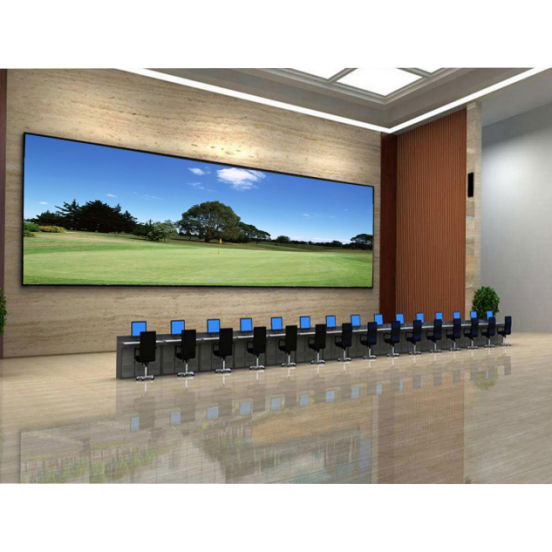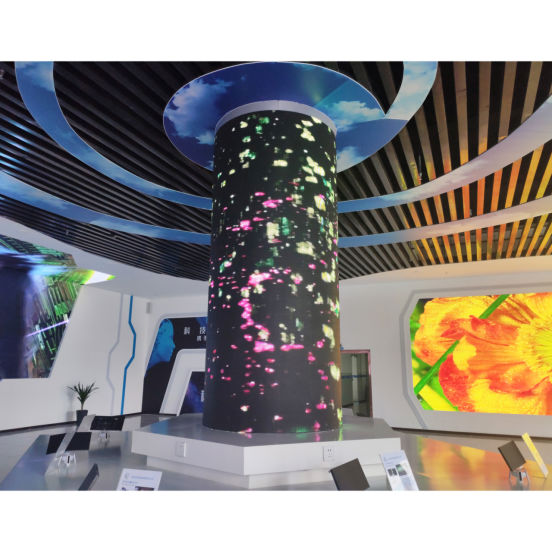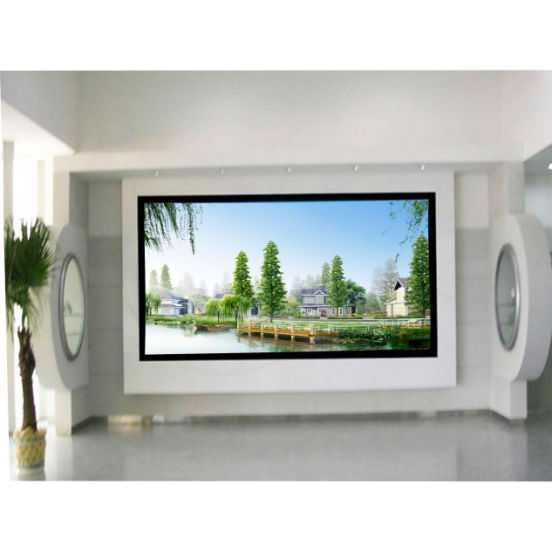As the main development direction of future information and communication technology, 5G has been raised to a strategic height by major countries in the world. According to the plans of the three major domestic operators, 5G experimental networks will be successively launched in major cities in 2018, large-scale commercial trials will be carried out in 2019, and commercial deployment will officially begin in 2020.
(1) With the start of 5G, the LED industry is ushering in a new era

Although 5G technology has become a hot word in recent years. As the name suggests, 5G is the full name of the fifth-generation mobile phone mobile communication standard, and it is also called the fifth-generation mobile communication technology. The main goal of the 5G network is to keep the terminal target user in the network state all the time. 5G network means super fast data transmission speed. Compared with previous generations of mobile communications, the fifth-generation mobile communications technology (5G) will have more abundant service provision capabilities. Moreover, facing the differentiated performance requirements of diversified scenarios, it is difficult for 5G to use a single technology as before. For the foundation to form solutions for all scenarios. Compared with the existing 4G, as user demand increases, 5G networks focus on the unrealized challenges in 4G, including higher capacity, faster data rates, lower end-to-end latency, lower overhead, and large-scale equipment Connectivity and consistent user experience quality.
The 5G era is approaching, and cases of 5G technology have gradually begun to appear. For example, at the Spring Festival Gala in 2019, CCTV turned its attention to this technology. It is reported that the CCTV Spring Festival Gala has gone through 36 years in this year’s Shenzhen branch. For the first time, 5G network transmission of 4K ultra-high-definition content is realized. But for the LED display industry, it is still an unfamiliar concept term. However, with the continuous cross-border integration of LED display technology and the continuous maturity and development of the exploration of 5G technology, the integration of 5G and LED display will no longer It’s a distant matter. For LED display companies, the most important thing is to truly recognize 5G technology. Only with a clear understanding, can LED display companies have a better integration with 5G in the future and be able to display LEDs. The screen industry creates more valuable creative displays.
(2) Cross-border integration of LED displays will become a trend

How to combine 5G with LED display will also become a problem that the LED display industry must think about in the new era. The emergence of new technologies is inevitable for social development. The advent of the 5G era is the inevitable trend of continuous technological progress. If LED display companies want to seize the 5G outlet, they must forge ahead actively, continue to in-depth study the future potential market of 5G display, and continue to deepen the development of emerging displays in the future.
First of all, LED display companies should make use of existing technical resources to implement preliminary explorations in the 5G market. The arrival of the 5G era will fully open the era of the Internet of Everything, and the Internet of Everything will also bring display possibilities to the LED display industry. The interconnection of everything needs to be finally presented through a display terminal*, which brings huge market demand to the LED display industry. In addition, it will also bring earth-shaking changes to the display effect of the LED display. Nowadays, with the continuous maturity of technology, there will be more and more cases of application of naked-eye 3D, VR, AR and Internet of Things technologies on the stage in the field of stage art, bringing people more unique, high-definition, and immersive At the same time as the visual experience, more advantages of the LED display will be discovered. The development of network technology and the increase in speed can connect the isolated LED displays that are scattered around in a single point of organic connection. The sharing of resources achieves screen-to-screen interaction. At the same time, with the boom of smart cities, in terms of smart transportation, LED light pole screens in the outdoor field can also be equipped with 5G technology. LED light pole screens are equipped with a large number of sensors to automatically adjust brightness and display temperature, humidity, and camera images in real time. , People flow, vehicle flow, and collect these data and transmit them to the cloud, becoming one of the early entrances of big data collection in the construction of smart cities.
(3) Opportunities in the LED display industry are accompanied by challenges

Compared with 4G, the transmission speed of 5G network is faster than that of 4G, but it is still in the exploratory stage. In order to have larger radiation range, higher stability, and wider coverage like 4G network, it is bound to pay more. High cost. In the face of high costs, this is undoubtedly a huge problem for many LED display companies. If they want to get a share of the emerging market in the future, they also need to have sufficient capital and sufficient technology. . For display terminal customers, the perception of 5G is not obvious, and the progress of users changing to 5G will obviously not be very fast. How to get customers to accept and use 5G is also a major problem that LED display manufacturers need to face. It is also necessary to educate consumer customers so that customers can adapt to new displays. This series of problems needs to be actively explored and resolved by LED display companies.
In addition, in the 5G era of the Internet of Everything, the faster the dissemination of public information, the more interconnected, the more important it is for the review of public information. Like LED display screens, it is already one of the important means of public information dissemination. Countless LED display screens are placed in the city center, pedestrian streets, and squares. The importance of its information security is even more self-evident. If someone publishes inappropriate remarks or plays related videos via the Internet, the consequences will be disastrous. LED display screens are becoming more and more intelligent, and they rely more and more on the network. As long as there is a network for many broadcasts and displays, they can be remotely controlled, and network information security issues will also become prominent. LED display screen is an important terminal information carrier, and its network information security cannot be lost. At the same time, it also calls on more display application companies, control system-related companies, and even operators to pay attention to this link and the network security of LED displays. Only in this regard can they develop control systems equipped with more network security mechanisms. Make the LED display more secure.
(4) Conclusion
